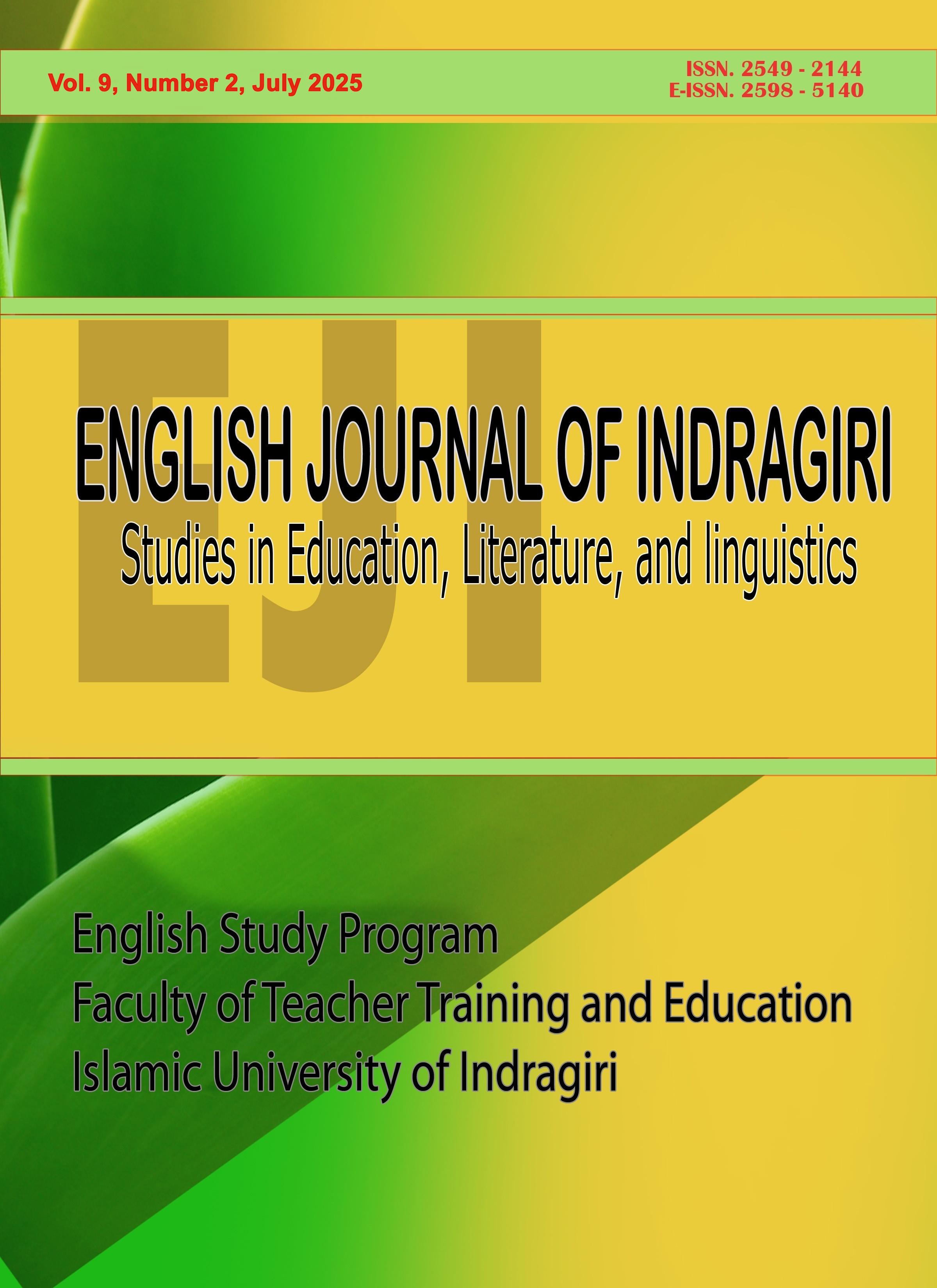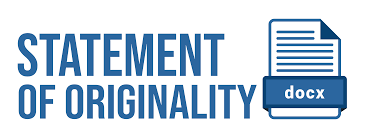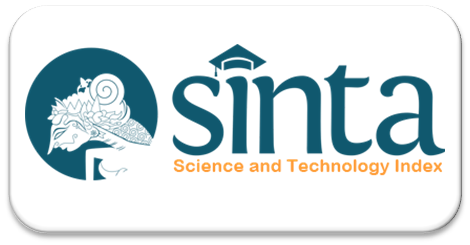The Importance of Grammar in Communication
DOI:
https://doi.org/10.61672/eji.v9i2.3002Keywords:
Communication, Grammar, language learning, digital technologyAbstract
Effective communication heavily relies on the correct use of grammar. This study explores the pivotal role of grammar in facilitating clear, accurate, and credible information exchange, as well as its impact on the communicator's professionalism. Employing a library research methodology, this review analyses existing academic materials to identify and synthesize effective strategies for improving grammar mastery in English communication. Findings indicate that explicit grammar instruction, contextualized and task-based learning, and the utilization of digital technology are highly effective methods. Furthermore, learner motivation and consistent teacher support are identified as crucial enabling factors. While acknowledging various pedagogical approaches, this research concludes that an integrated or "focused form" approach, combining explicit teaching with meaningful communicative tasks, is most effective for developing both accuracy and fluency. This study provides evidence-based insights into best practices for enhancing grammar proficiency, which ultimately strengthens overall communication skills, while also highlighting avenues for future research in diverse learning contexts.
References
Andrian, M. A., Nashrullah, Y. C., & Adi, P. (2024). Tata Bahasa Indonesia dalam Lingkungan Kerja: Strategi Efektif untuk Komunikasi yang Profesional. Parataksis: Jurnal Bahasa, Sastra, Dan Pembelajaran Bahasa Indonesia, 7(2). https://doi.org/10.31851/parataksis.v7i2.15027
Bangkara, B. A., Manullang, S. O., Pratiwi, E. Y. R., Husen, N., & Sabtohadi, J. (2022). Rethinking the" Kurikulum Merdeka for Learning". EDUTEC: Journal of Education And Technology, 6(2), 201-216. https://doi.org/10.55047/transtool.v2i1.1376
Brown, H. D. (2014). Principles of language learning and teaching: A course in second language acquisition. Pearson.
Burns, A., & Richards, J. C. (Eds.). (2018). The Cambridge guide to learning English as a second language. Cambridge University Press.
De Bot, K., Ginsberg, R. B., & Kramsch, C. (Eds.). (1991). Foreign language research in cross-cultural perspective (Vol. 2). John Benjamins Publishing.
Dornyei, Z. (2001). Motivational Strategies in the Language Classroom. Cambridge University Press.
Ellis, R. (2006). Current issues in the teaching of grammar: An SLA perspective. TESOL quarterly, 40(1), 83-107.
Hans, A., & Hans, E. (2017). Role of grammar in communication–writing skills. International Journal of English Language, Literature and Humanities, 5(1), 39-50. https://doi.org/10.24113/IJELLH.V5.ISSUE1.42
Harahap, S. H., Hazizah, R., & Ginting, S. E. P. (2024). Pentingnya Keterampilan Bahasa Produktif Dalam Meningkatkan Komunikasi pada Mahasiswa. IJEDR: Indonesian Journal of Education and Development Research, 2(1), 231–238. https://doi.org/10.57235/ijedr.v2i1.1727
Hossain, A. (2017). Grammar Teaching and Learning at the Secondary Level. ANGLISTICUM. Journal of the Association-Institute for English Language and American Studies, 6(8), 55–62. Retrieved from https://anglisticum.org.mk/index.php/IJLLIS/article/view/1505
Mulyadi, Y., Andriyani, A., & Fajwah, M. A. (2016). Intisari Sastra Indonesia untuk SMP dan SMA. Bandung: Yrama Widya.
Shakir, S., & Jabbar, G. (2021). The importance of grammar in communication for EFL/ESL learners. Research Projects.
Sholihin, M. D., Pertiwi, L., & Lubis, Y. (2023). Student’s Mastery Of Grammar In Simple Present Tense. Quality: Journal Of Education, Arabic And Islamic Studies, 1(2), 146-156. https://quality.pdfaii.or.id/index.php/i/article/download/33/18
Downloads
Published
Issue
Section
License
Copyright (c) 2025 Rahman, Aulia, Nur, yani

This work is licensed under a Creative Commons Attribution 4.0 International License.




















